Why is a Triangle a Strong Shape?

Anghel Saligny Bridge (Bulgac, iStockphoto)
Triangles are very strong shapes which makes them important when building strong and stable structures
You may have heard people say that a triangle is a strong shape. But why is this?
Why Triangles are a Strong Shape
When engineers build structures, they want to make sure that the structure can bear weight. In other words, they do not want the structure to fall down when a force is applied to it. For example, bridges must be able to hold up the materials that make the bridge, as well as all of the traffic travelling across it. One of the shapes that can bear weight very well is the triangle. But what makes triangles so good at this?
Let’s look at how a triangle transfers a force.
When a force (the load) is applied to one of the corners of a triangle, it is distributed down each side. The two sides of the triangle are squeezed. Another word for this squeezing is compression. The third side of the triangle is pulled, or stretched sideways. Another word for this stretching is tension.

How Triangles are Used in Bridges
You often see triangles used to create bridges. Bridges combine multiple triangles. They apply compression and tension in different places.
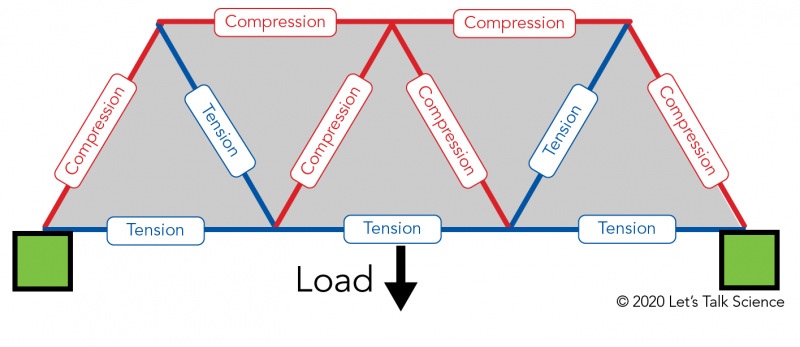
Triangles can be used to make trusses. Trusses are used in many structures, such as roofs, bridges, and buildings. Trusses combine horizontal beams and diagonal beams to form triangles. Bridges that use trusses are called truss bridges.
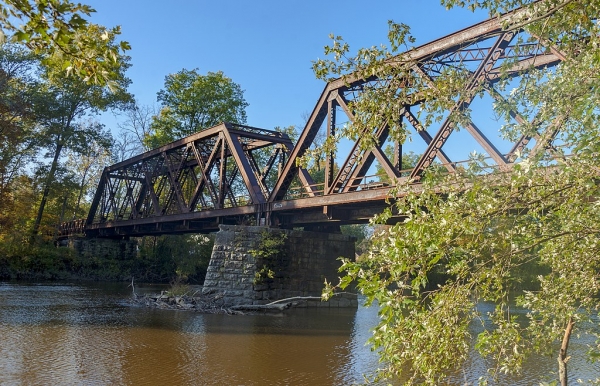
There are several different types of trusses used in bridge design. The type of truss depends on how the horizontal and diagonal beams are arranged. There are four main styles of trusses used to make bridges.
Warren truss
This uses diagonal beams that form equilateral triangles. These triangles have three sides of the same length.

Howe Truss
This uses diagonal beams that slope upwards towards the centre of the bridge until they meet in an upright isosceles triangle. This type of triangle has two sides of the same length, and a third side of a different length.

Pratt Truss
This uses diagonal beams that slope downward towards the centre of the bridge until they meet in an upside down isosceles triangle.

K Truss
This is a more complex type of truss that is made from back-to-back triangles that form K shapes.

Did you know?
The longest bridge in Canada is the Confederation Bridge, which is 12.9 km long. It connects New Brunswick and Prince Edward Island.
How Triangles are Used in Roofs
A type of truss commonly used to support roofs is called a King Post truss. A king post truss has a horizontal beam called the tie beam and a vertical beam called the king post (hence its name). There are two posts that join the top of the king post with the tie beam to create triangle shapes. These posts are called principal rafters. Within these triangles, diagonal struts are added to connect the principal rafters to the king post. These struts make the roof even stronger.
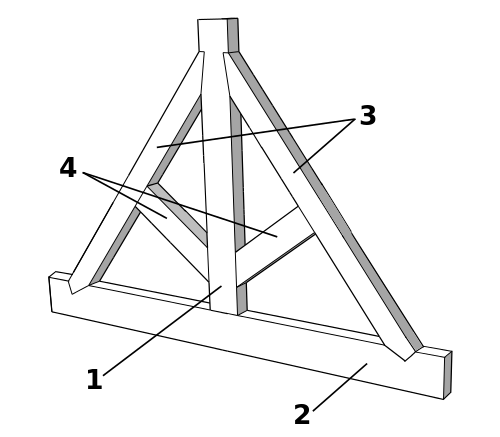
Image - Labels
(1) King post
(2) Tie beam
(3) Principal rafters
(4) Struts
These king post trusses are then connected together with more beams to form a strong and stable structure that can support a roof.
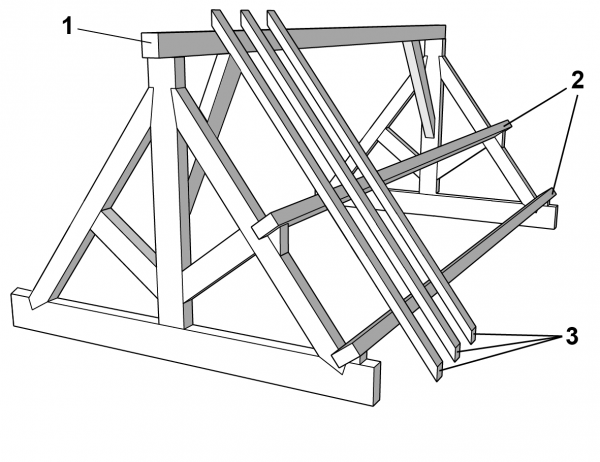
Image - Labels
(1) Ridge beam
(2) Purlins
(3) Common rafters
This is an example of a "double roof" with principal rafters and common rafters.
Triangles are extremely important shapes when it comes to engineering. From bridges to houses, and even airplanes -- using triangles in structures will always be important!
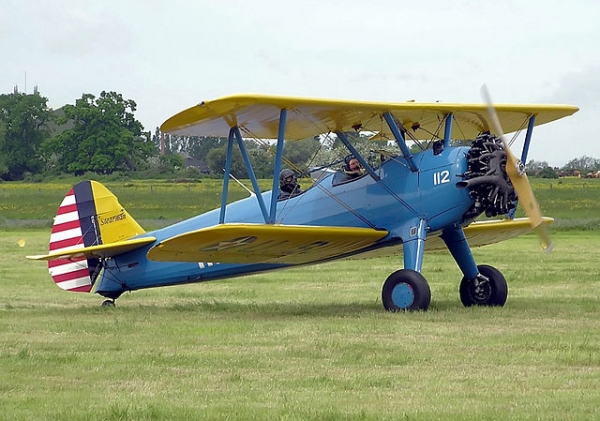
Learn More
What is structural engineering?
This video (1:41 min.) from PBS LearningMedia provides a brief introduction to structural engineering and the types of things structural engineers build. Note that this resource was also used as a reference.
Strong Structures with Triangles (2017)
Video (5:02 min.) from Design Squad Global explaining the strength of triangles and their use in different kinds of structures. Includes demonstration of building different structures using toothpick shapes and discusses why some structures are better than others.
Activity from All Science Fair Projects.com introducing the strength of triangles and truss bridges. Includes videos and a simple experiment.
Career Profile: Structural Design Technologist
Career profile from Let's Talk Science on Megan Chambers, a structural design technologist.
Career Profile: Structural Engineer
Career profile from Let's Talk Science on Nathan Murdoch, a junior structural engineer-in-training
A picture collection from Let's Talk Science of bridges and gates from around the world.
Structures: Statues And Towers
A picture collection from Let's Talk Science of statues and towers from around the world.
Lesson plan: It's All in the Shape
A lesson plan from Let's Talk Science about the strength of various shapes in structures.
References
McMilan, B. (2014, September 26). Shapes in math, science and nature: Squares, triangles and circles. CM Magazine.
North Carolina Department of Transportation. (n.d.). Truss bridges.
SkyCiv. (n.d.). Types of truss structures.
Vermont Timber Works. (n.d.). King post truss.